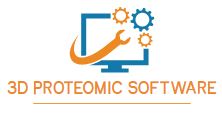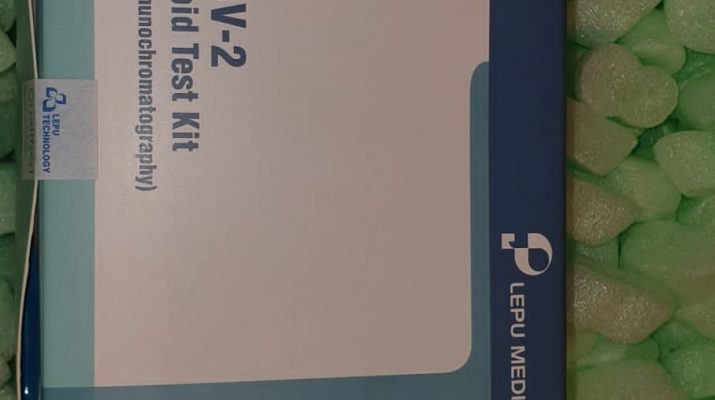Evaluation of protein post-translational modification (PTM) is important to the understanding of cell signaling and illness. These modifications are usually rigorously regulated by enzymatic management, and aberrant PTMs are sometimes related to illness states, however protein PTMs can’t be studied by genomic strategies, making their identification and quantification key goals of many <em>proteomics</em> research. International <em>proteomic</em>-scale evaluation of PTMs is made difficult by their low abundance, chemical properties, and/or instability. This session will introduce a number of courses of PTMs, together with the generally studied phosphorylation and glycosylation in addition to much less regularly recognized modifications corresponding to citrullination and protein myristoylation.
The chemical construction and organic significance of every PTM, present strategies for enrichment of modified proteins or peptides from a posh combination, ideas for efficient LCMS/MS of peptides containing the PTM, and any pitfalls to be careful for in pattern preparation or evaluation will probably be described. This session will even describe instruments rising from the NIH Frequent Fund Glycoscience program and clarify how useful resource services can entry these instruments and produce them in-house.
Analytical applied sciences to be described embody: excessive throughput permethylation of glycopeptides for website mapping and glycan evaluation, isotope-targeted glyco<em>proteomics</em>; facile strategies to ultra-purify glycans; <em>software program</em> instruments for constructing <em>3D</em> fashions of glycoproteins and predicting the <em>3D</em> construction of glycans; a variety of extremely versatile glycan affinity reagents, together with sialoglycan-recognizing probes; and new photo-crosslinking probes for discovery of the interplay companions of O-GlcNAc modified proteins. Glycoinformatics instruments and strategies are being developed in a community-based effort involving 10 groups in 5 international locations.
Superior technological instruments to review multidrug resistance in most cancers.
The complexity of most cancers biology and its medical manifestation are pushed by genetic, epigenetic, transcriptomic, <em>proteomic</em> and metabolomic alterations, supported by genomic instability in addition to by environmental circumstances and life-style elements. Though novel therapeutic modalities are being launched, efficacious most cancers remedy just isn’t achieved as a result of frequent emergence of distinct mechanisms of multidrug resistance (MDR). Superior applied sciences with the potential to establish and characterize most cancers MDR might help in choosing probably the most efficacious therapeutic regimens and stop inappropriate remedies of most cancers sufferers. Herein, we purpose to current technological instruments that can improve our skill to surmount drug resistance in most cancers within the upcoming decade.
A few of these instruments are already in follow corresponding to next-generation sequencing. Identification of genes and several types of RNAs contributing to the MDR phenotype, in addition to their molecular targets, are of paramount significance for the event of recent therapeutic methods aimed to boost drug response in resistant tumors. Different strategies recognized for a lot of many years are within the technique of adaptation and enchancment to review most cancers cells’ traits and organic habits together with atomic power microscopy (AFM) and live-cell imaging.
AFM can monitor in real-time single molecules or molecular complexes in addition to structural alterations occurring in most cancers cells induced upon remedy with varied antitumor brokers. Cell monitoring methodologies and <em>software program</em> instruments lately progressed in direction of quantitative evaluation of the spatio-temporal dynamics of heterogeneous most cancers cell populations and enabled direct monitoring of cells and their descendants in <em>3D</em> cultures. Moreover, novel <em>3D</em> programs with the superior mimicking of the in vivo tumor microenvironment are relevant to review completely different most cancers biology phenotypes, notably drug-resistant and aggressive ones.
They’re additionally appropriate for investigating new anticancer remedy modalities. The last word objective of utilizing phenotype-driven <em>3D</em> cultures for the investigation of affected person biopsies as probably the most applicable in vivo mimicking mannequin, may be achieved within the close to future. The up to date MaxQuant model has a map navigation part that steers the customers by mass and retention time-dependent mass spectrometric indicators.


